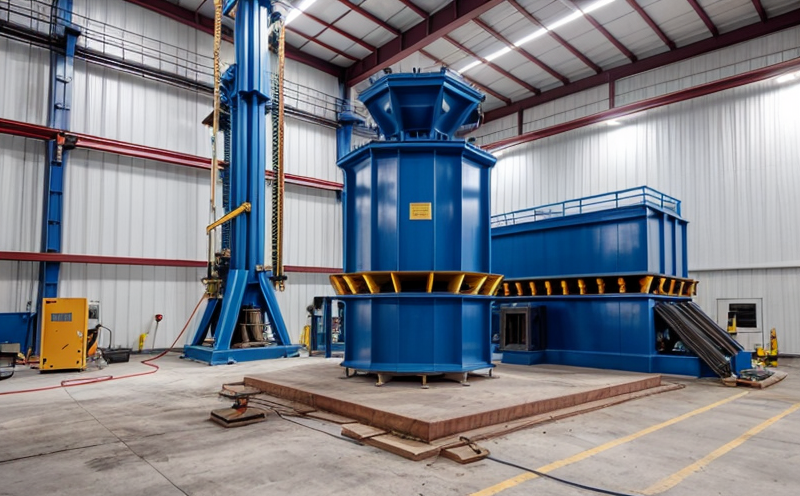ISO 20908 Modal Identification in Civil Structures
The ISO 20908 series of standards provides a comprehensive framework for modal identification testing in civil structures. This service focuses on the specific requirements and procedures outlined in ISO 20908-4 to identify structural modal parameters such as natural frequencies, damping ratios, mode shapes, and modal participation factors (MPFs).
The primary objective of this testing is to provide detailed insight into the dynamic behavior of civil structures. These insights are crucial for assessing the structural integrity and performance under various loading conditions. This service applies particularly well in sectors like construction, infrastructure development, and maintenance where understanding the vibrational response of structures can significantly enhance safety and durability.
Modal identification involves exciting a structure to induce vibrations and then recording these vibrations using accelerometers or other sensors placed at strategic locations. The subsequent analysis allows for the extraction of modal parameters that describe the dynamic characteristics of the structure. This process is essential in identifying potential issues such as structural defects, material degradation, or design inadequacies.
The accuracy of modal identification depends on several factors, including the excitation method, sensor placement, and the quality of data acquisition systems. The ISO 20908-4 standard specifies stringent guidelines to ensure that these parameters are met consistently across different testing scenarios.
The typical workflow for ISO 20908 modal identification includes:
- Structural excitation using impact hammers or shakers
- Sensor installation and calibration
- Data acquisition and processing
- Modal parameter estimation using signal processing techniques (e.g., Fast Fourier Transform, Prony’s method)
- Analysis of results to identify modal characteristics
The data collected during this process is then used to create a detailed report that includes the identified modal parameters and their uncertainties. This information can be critical for decision-making processes related to structural health monitoring (SHM) or predictive maintenance strategies.
Understanding the natural frequencies, damping ratios, and mode shapes helps engineers and architects design more resilient structures capable of withstanding environmental stresses without compromising safety or performance. Modal identification also plays a vital role in validating finite element models (FEMs), which are widely used tools in structural engineering for predictive analysis.
In summary, ISO 20908 modal identification is an indispensable tool for ensuring the integrity and longevity of civil structures. By providing precise modal parameters, this service supports informed decisions that enhance both operational efficiency and safety standards.
Benefits
The implementation of ISO 20908 modal identification offers several significant benefits to stakeholders involved in civil engineering projects:
- Enhanced Structural Integrity: By identifying structural defects early, this service helps prevent catastrophic failures and ensures long-term durability.
- Predictive Maintenance: Modal analysis aids in the prediction of future maintenance needs based on current dynamic behavior.
- Economic Efficiency: Early detection of issues can reduce costs associated with repairs and replacements by optimizing maintenance schedules.
- Safety Improvements: Understanding structural vibrations allows for better design choices that enhance occupant safety.
- Regulatory Compliance: Adherence to international standards ensures compliance with relevant regulations, thereby reducing legal risks.
- Data-Driven Decisions: Accurate modal parameters provide robust data points for informed decision-making processes.
Incorporating this service into your project lifecycle can lead to substantial improvements in quality assurance and risk management.
Environmental and Sustainability Contributions
The practice of ISO 20908 modal identification contributes positively towards environmental sustainability by promoting the use of efficient, safe, and durable structures. Here’s how:
- Energy Efficiency: Structures that are well-designed to resist vibrations can reduce the load on heating, ventilation, and air conditioning (HVAC) systems, leading to lower energy consumption.
- Resource Optimization: By identifying issues early in the design phase, unnecessary materials or components can be avoided, thus optimizing resource use.
- Reduced Waste: Predictive maintenance strategies enabled by modal identification reduce the frequency of unnecessary repairs and replacements, minimizing waste generation.
- Pollution Prevention: Safer structures lead to fewer incidents that could cause environmental pollution or damage.
Incorporating sustainable practices into civil engineering projects not only benefits the environment but also enhances public trust and supports long-term business sustainability goals.





